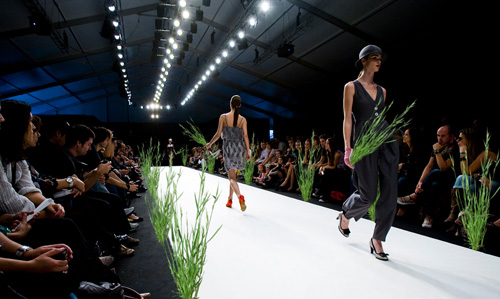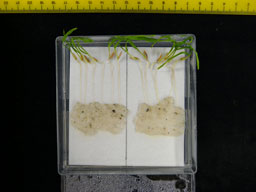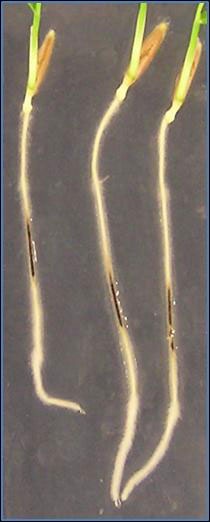Super Model Fights Famine
(project funded by the Royal Society Partnership Grant & British Society for Plant Pathology)

Brachypodium distacyon (Bd) is fast becoming recognised as a new (super) model for studies of cereals including disease resistance. Research in Dr Paul Nicholson’s group at the John Innes Centre has demonstrated that Bd is susceptible to the disease ‘Take-all’ caused by the fungus Geaumannomyces graminis one of the most serious diseases of wheat in Europe and many other parts of the world. His group have established a very simple bioassay to quantify resistance to Take all. They have also identified differences in levels of resistance to 'take-all' in naturally occurring lines from different origins.
This project will involve students collaborating between schools across Norfolk to identify differences in resistance levels to Take-all in a very large collection of Brachypodium accessions collected from across Europe and the Near East. The knowledge gained by the students will provide the first insight into resistance to this disease. To date, nothing is known about the extent of variation in susceptibility/resistance to take-all in Brachypodium populations.
Experimental Protocol
- Seed germination. Pupils will prepare small batches of seed of 10-20 lines plus the standard ‘check’ lines, used by all schools with contrasting phenotypes. Preparation involves peeling the husk from each seed and placing on wet filter paper and placing a second wet paper over the seeds. Seed are left to germinate for 2-3 days before transferring onto square boxes containing water agar.
- Inoculum. After 1-2 days agar plugs are made using a cork-borer (5mm diameter) in the inoculum plates provided by the JIC scientist. One plug is placed over the root tip of each seedling and boxes are incubated near-vertical.
- Scoring. At 1-2 day intervals pupils will measure and record the extent of root blackening on each root. In addition to taking measurements, each plate will be photographed to produce a permanent record of the extent of disease on roots of all seedlings at each time-point.
Experimental Set-Up
|
Symptoms of disease recorded on Brachypodium seedlings
|


Dr. Nicholson is working in partnership with Ms. Sarah Calne at Wymondham High School (the lead school in this project) and this project is their second Royal Society Partnership Grant. Their first in 2012,
E.coli on the move, took place at Lynn Grove High School is detailed
here and featured in
TSNews 32 and
local press




